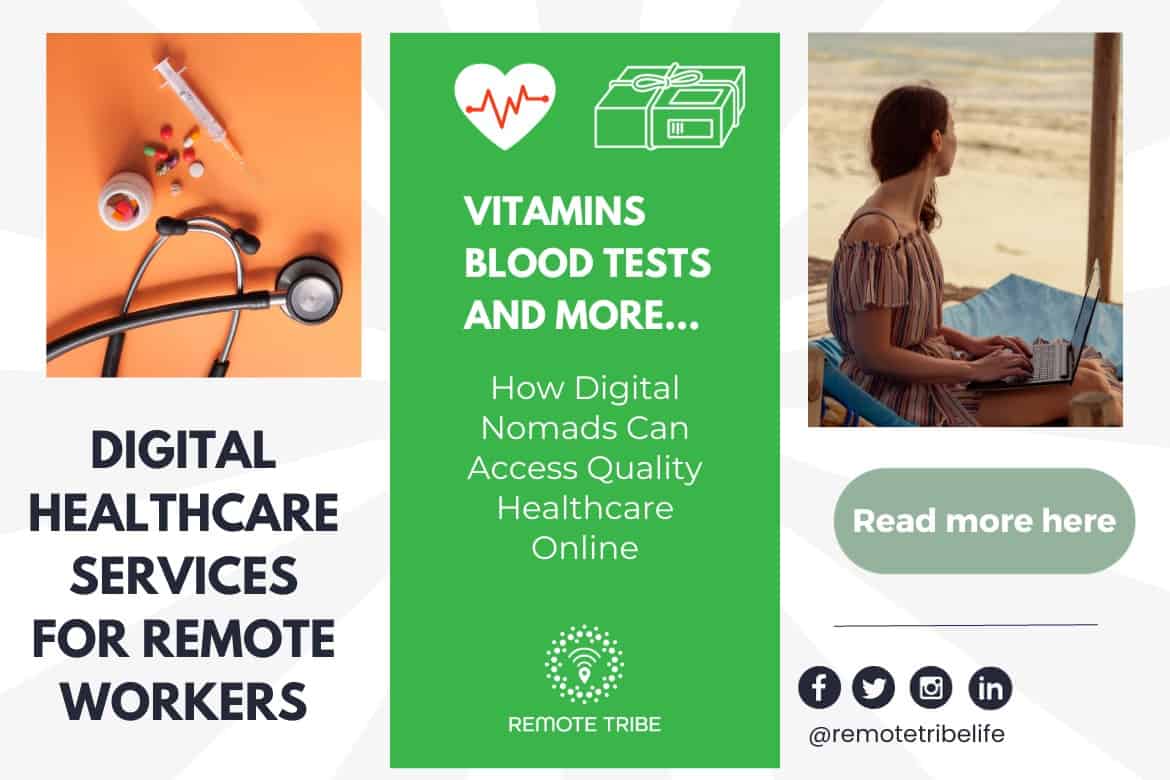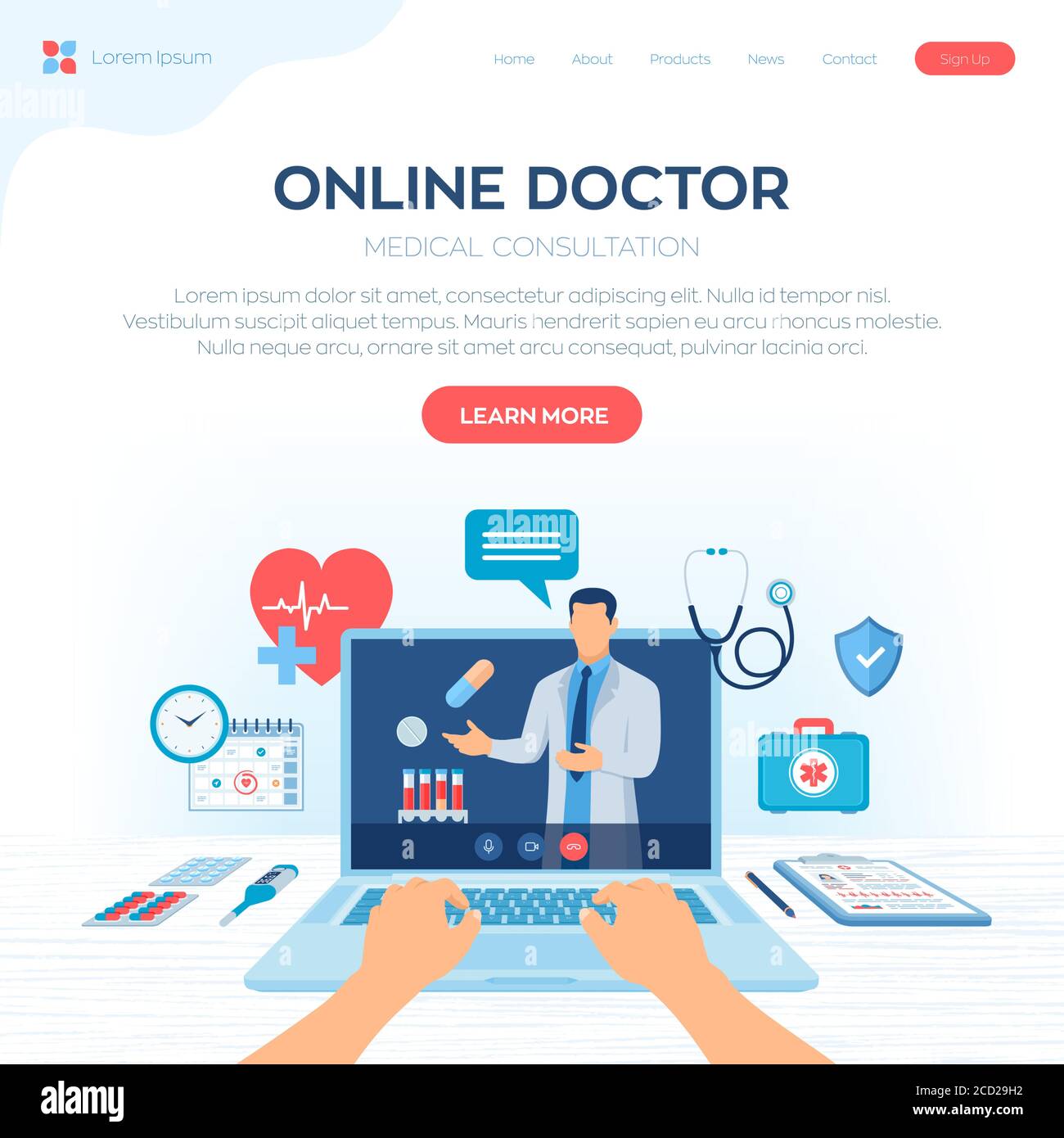Why Subscription Based Healthcare is Gaining Popularity Among Patients Today
Why Subscription Based Healthcare is Gaining Popularity Among Patients Today
Blog Article
Understanding the Cost-Effectiveness of Subscription-Based Medical Care Designs
As the healthcare landscape advances, subscription-based versions emerge as a compelling option, promising to redefine how individuals take care of clinical costs. Examining these designs' cost-effectiveness requires a nuanced comparison with conventional insurance, thinking about both monetary implications and person contentment. While they supply openness and predictability in prices, questions stay regarding their ability to fulfill diverse health care needs, especially for specialized therapies. The viewpoints of medical care companies further complicate this equation, offering a diverse obstacle. What does the future hold for these versions, and can they truly deliver on their guarantee of available, budget-friendly care?
Review of Subscription-Based Designs
Subscription-based medical care designs, often described as straight main care or concierge medication, are significantly obtaining attention as a possible remedy to inefficiencies within traditional healthcare systems. These models run on the principle of offering individuals direct accessibility to doctor through a annual or regular monthly fee, bypassing the demand for typical insurance coverage mechanisms. This arrangement aims to enhance patient-provider interactions by decreasing administrative problems, which usually impede customized and prompt care.
At the core of subscription-based designs is the focus on a much more tailored client experience. Patients gain from boosted accessibility to their medical professionals, usually including next-day or same-day appointments, prolonged consultation times, and direct communication networks such as phone or video phone calls. This design promotes a positive strategy to health care, where service providers and clients can collaboratively focus on preventative treatment and persistent condition administration.

Price Contrast With Conventional Insurance Policy

Among the key economic benefits of membership versions is transparency in costs. Individuals pay a foreseeable cost, which can streamline budgeting and monetary planning. Additionally, these designs generally eliminate co-pays and deductibles for covered solutions, lowering out-of-pocket costs. Conversely, typical insurance might be more helpful for people calling for specialized treatment or pricey therapies not covered under a registration design, as they profit from the more comprehensive coverage network and cost-sharing mechanisms.
Nevertheless, cost-effectiveness is context-dependent. While subscription designs could provide cost savings for those mostly needing health care, people with persistent problems or specialized medical care demands may locate standard insurance a lot more detailed. Assessing certain health care needs and possible usage is vital in figuring out the most economical option for individuals.
Impact on Client Contentment
Client fulfillment within subscription-based health care designs frequently reflects a considerable enhancement over typical insurance systems. This improvement is mainly credited to the individualized care and availability these versions offer. Individuals frequently report greater contentment because of decreased wait times and the simplicity of organizing appointments. Unlike traditional systems, where individuals might experience delays in getting treatment, subscription-based designs make sure more timely and straight interactions with doctor.
In addition, the openness in prices linked with subscription-based medical care reduces the common disappointments connected to unforeseen fees and intricate payment processes seen in typical insurance (subscription based healthcare). Clients appreciate recognizing the precise economic dedication upfront, resulting in raised depend on and self-confidence in their health care management
Additionally, the emphasis on preventative treatment and health in membership designs contributes to enhanced health results, better improving individual fulfillment. By concentrating on recurring health care instead of anecdotal treatment, patients experience an even more continuous and alternative health care trip.
In addition, the improved provider-patient relationship cultivated in these versions, identified by even more time invested per this contact form person and personalized attention, plays a vital role in elevating person satisfaction levels, as people really feel truly looked after and comprehended.
Service Provider Viewpoints and Experiences
From the supplier's perspective, subscription-based healthcare versions provide a transformative method to supplying medical solutions. These designs highlight a aggressive and preventative health care strategy, enabling companies to focus on extensive person care without the restrictions of conventional fee-for-service arrangements (subscription based healthcare). This change in emphasis frequently causes boosted person end results and raised service provider complete satisfaction, as health care professionals can allot more time and resources to client interaction and customized treatment plans
In addition, membership models facilitate foreseeable earnings streams, which enhance monetary stability for health care providers. This predictability allows for improved source planning and allocation, contributing to you could try here an extra efficient healthcare distribution system. Carriers can buy team framework, innovation, and training renovations, thus boosting the quality of treatment used.
Nevertheless, the shift to subscription-based designs is not without challenges. Carriers have to adjust to new operational frameworks, which can entail substantial changes in billing practices and person administration systems. In addition, there is an intrinsic requirement for robust information management to track client results and ensure high quality treatment. Regardless of these hurdles, lots of carriers discover that the benefits of increased person interaction and streamlined procedures exceed the first challenges, making subscription-based models an attractive choice.
Future Prospects and Challenges

A primary obstacle is governing compliance, as registration designs need to adhere to advancing medical care plans and insurance policy requirements. This necessitates continuous adaptation and innovation to make certain placement with lawful standards. In addition, incorporating these models into existing health care frameworks can be complex, calling for significant financial investments in technology and training.
There is likewise the prospective danger of producing injustices in medical care accessibility, as membership designs could prefer those who can afford them, leaving at risk populations underserved. Addressing this requires thoughtful consideration of prices strategies and aid systems to ensure inclusivity.
Verdict
Subscription-based health care designs offer a feasible alternative to traditional insurance coverage by providing economic predictability and openness, especially profiting people with chronic problems or regular healthcare demands. The cost-effectiveness of these designs is contingent upon individual health care usage patterns and circumstances. While they may improve individual complete satisfaction and streamline budgeting, obstacles stay in resolving specialized care needs. Future factors to consider include stabilizing thorough coverage with price and integrating these designs within the wider medical care system for ideal end results.
Subscription-based health care designs, occasionally referred to as direct primary care or concierge medication, are increasingly gaining attention as a prospective option to inadequacies within traditional health care systems. Unlike typical check over here systems, where individuals might experience delays in receiving treatment, subscription-based designs ensure more direct and prompt communications with healthcare service providers.
These models highlight a positive and preventative medical care technique, allowing service providers to focus on extensive patient care without the restraints of typical fee-for-service setups. As these versions continue to acquire grip, they use the prospective to reinvent client access to care, streamline solution shipment, and enhance healthcare spending.Subscription-based healthcare designs present a practical option to standard insurance by offering economic predictability and openness, especially profiting individuals with chronic problems or frequent medical care requirements.
Report this page